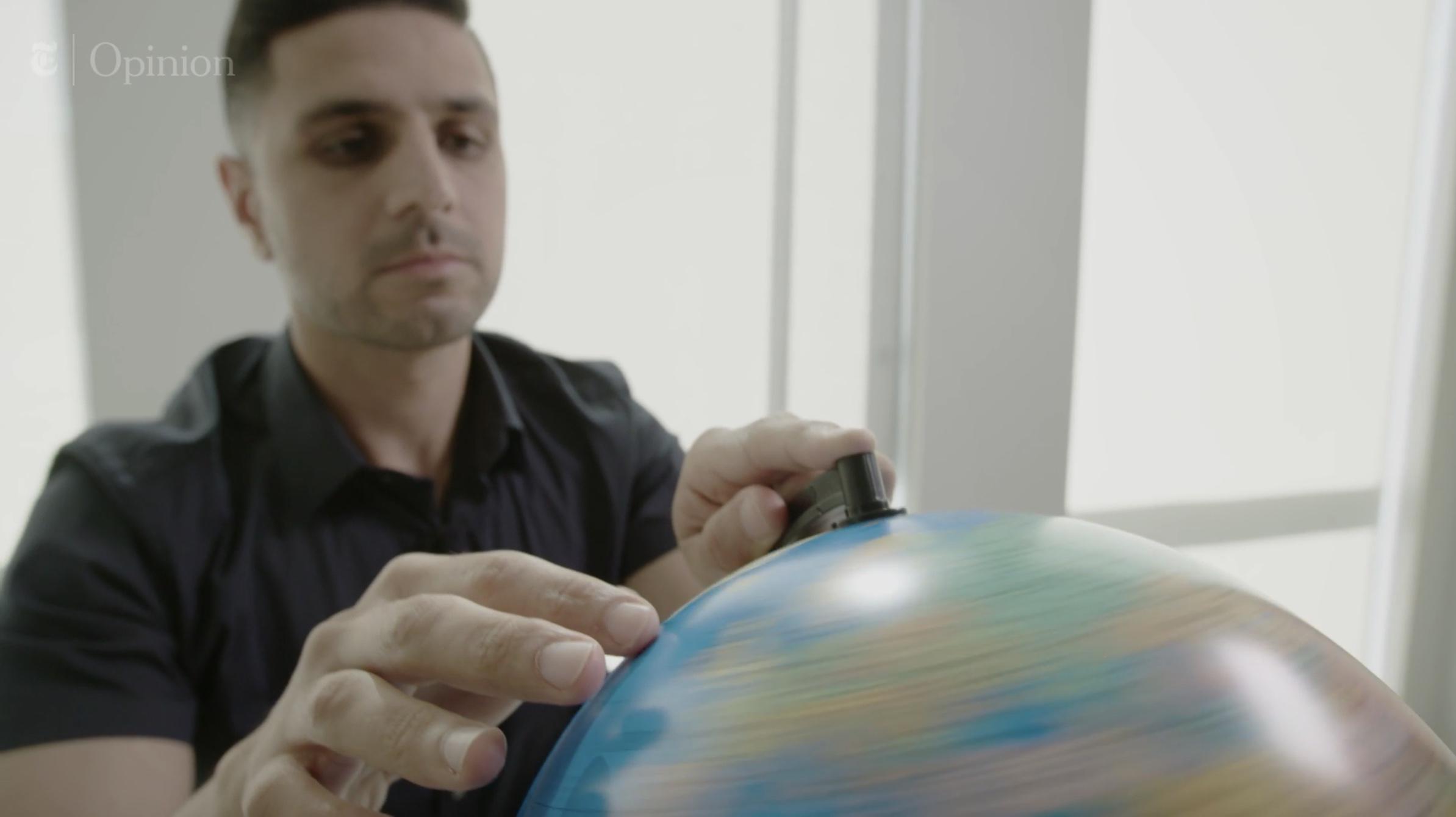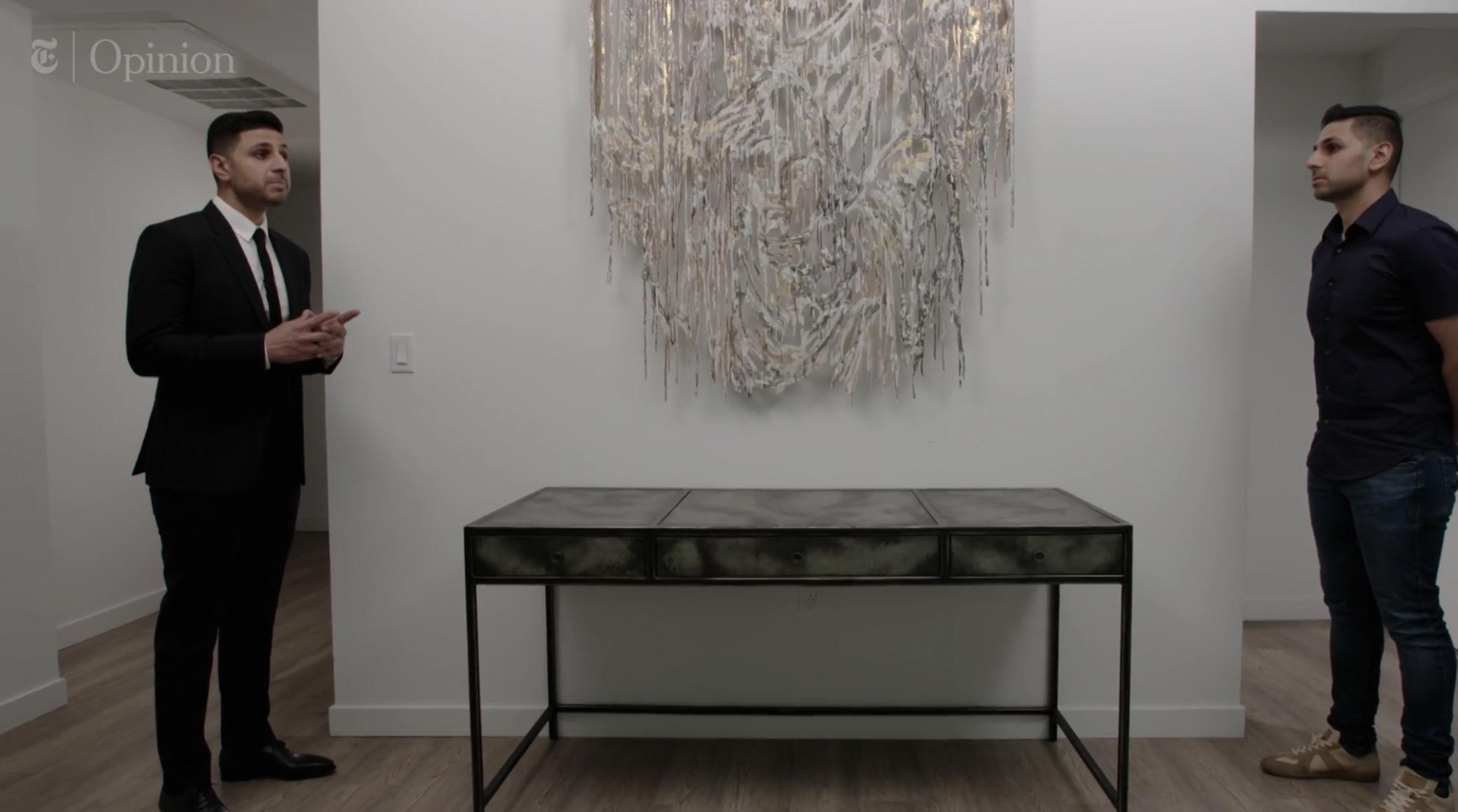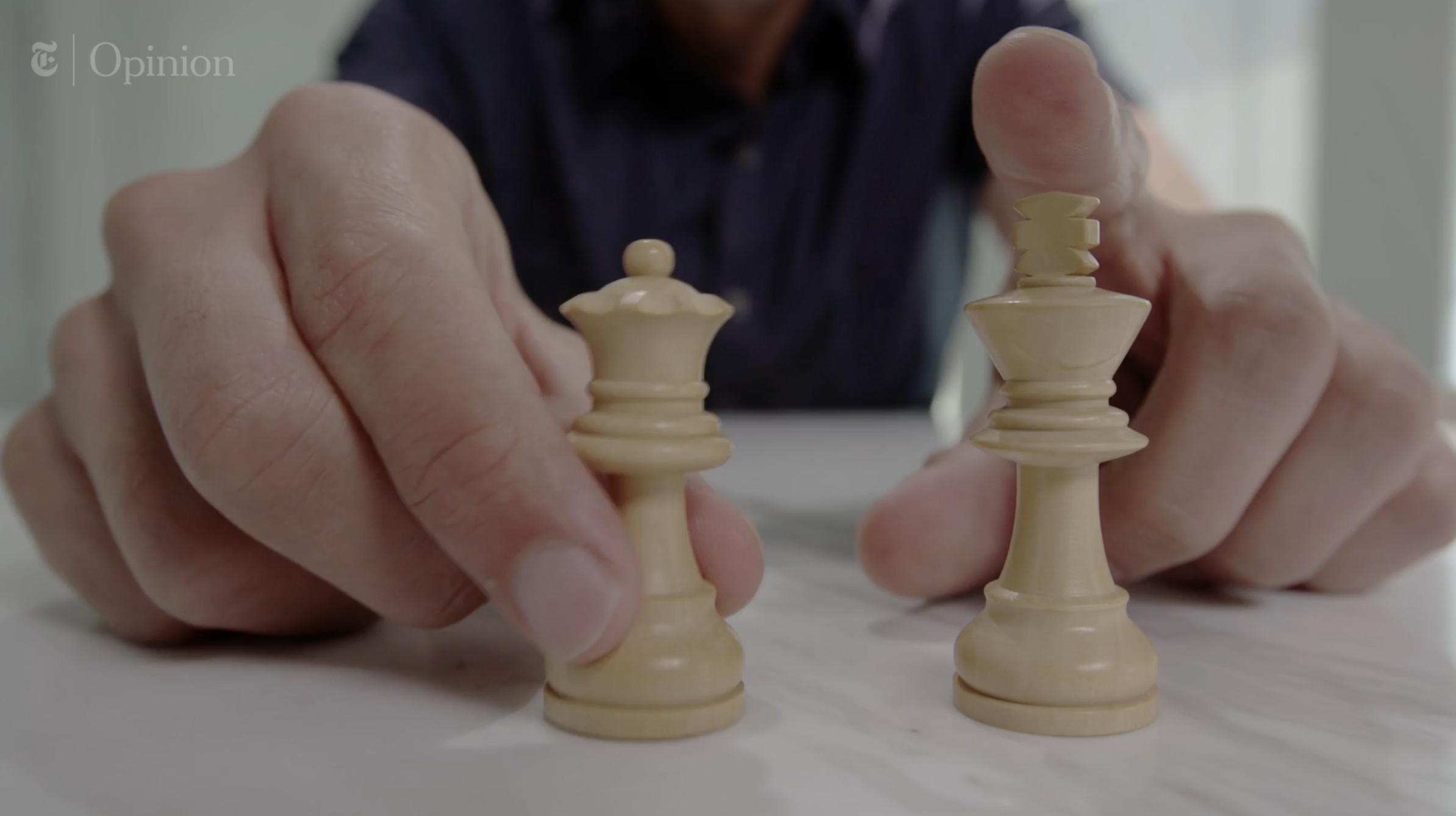I’m writing to you this week from the cool and wet north of England - a refreshing change since temperatures hit the high thirties in London on Thursday. I’m spending a lovely recuperative weekend with family after what has been probably the most stressful - but rewarding - week of my year.
But let’s start at the beginning.
On Monday, The New York Times published a new film which I have been working on since January. It is a collaboration with a remarkable man called Adnan Khan. He is the same age as me and, like me, loves filmmaking.
The only difference between us is that he has spent the last 16 years of his life incarcerated at San Quentin State Prison in California.
When he was 18, he was sentenced to 25 years to life for first degree murder. The thing is, he never killed anyone! That’s what everyone says of course, but in Adnan’s case, the judge, jury and prosecution all knew he wasn’t a killer.
The film we made together is about something called The Felony Murder Rule, a weird piece of legal doctrine - unique to the United States - that could be responsible for putting as many as 36,000 people behind bars for murders everyone agrees they didn’t commit.
When you do a story about America’s messed up criminal justice system, the temptation is to make something somber and serious. But with Adnan, I had a chance to work with a guy who made videos like this from inside prison!
So I knew I wanted to tell this story in a way that was energetic, fun and witty, letting Adnan’s natural charisma shine through.
But could I pull all that off without undermining the seriousness of the subject?

A big part of it is in the writing. I wrote the script to be relentlessly forward moving, full of short sentences in informal language, with pithy transitions.
As I’ve mentioned before (#11), I structure my stories by scenes, and with this film I tried to come up with a creative visual way to deliver each one, unique to the purpose of that scene. So when we talk about how the felony murder rule has been applied across the world, I wrote a scene using a prop globe; when we address the support for the felony murder rule, I wrote it so Adnan would be having a discussion with himself.

With each scene looking and feeling different the story picks up energy without distracting from the argument.
I found this a topic riddled with writing challenges: the felony murder rule is complicated and there are lots of caveats that need to be explained. It was important to Adnan that when he told his own story, it was done in a way that respected the family of the person who was killed.
In early drafts of the script, my senior producer and I realised the scene where Adnan tells stories of real life felony murder cases was going to be hard for the audience to follow. It’s all “you do this, but your friend does this, and then this happens to them, but you go to prison.”
We knew visuals would be necessary to maximise clarity, but we also knew we couldn’t literally visualise the scenes he was describing - then we would find ourselves trying to animate or recreate a real life death, which felt inappropriate. It’s cases like this where stepping away from the literal and into the abstract is useful.
We figured all the audience need is a way to follow the different characters - and it could be anything. So I chose chess pieces as we see Adnan at a chessboard at the very beginning of the film.

Visualising ideas in camera is a different kind of challenge to relying on editing. For a start it’s a bigger production lift, with props and multiple location changes. It asked a lot of Adnan too.
I wasn’t able to be in California so we worked with a local pair of filmmakers who did a great job shooting the script.
The difficulty for me, thousands of miles away, was communicating the vision I had in my head to everyone else. The script can do a lot but it was also a lesson that there are some things which are just…ineffable - those subtle emotional things, floating below the threshold of awareness.
But I’m proud of what we made and glad to see it out here, hopefully changing minds one at a time.
I think it’s the best film I’ve made so far.
Until the next one of course… 😉
Oh and some super exciting news to wrap up: we found out on Thursday that Operation Infektion, the series I co-wrote and directed for The New York Times has been nominated for two Emmys!
One of them is in the category for Outstanding Writing in a Documentary which I feel especially honoured by.
So much other stuff has happened this week, but that will have to wait for another time. The birds are chirping outside and there’s a delicious roast dinner in the oven.
Until another Sunday soon,
